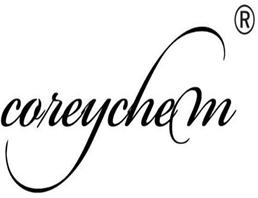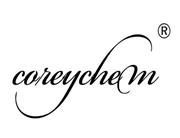| Description |
As an organic compound, diethyl malonate belongs to the diethyl ester of malonic acid, which is present naturally in guava fruits, melons, grapes, pineapples, blackberries and strawberries as a colorless liquid with an apple-like odor. It is a flavor ingredient commonly found in perfumes, artificial flavorings, alcoholic beverages, various wines and spirits due to its natural pleasant odor. It is also used as an essential intermediate in the syntheses of numerous pharmaceuticals, such as barbiturates, vitamins B1 and B6, non-steroidal anti-inflammatory agents. Besides, diethyl malonate is also involved in organic synthesis of other compounds, such as alpha-aryl malonates, mono-substituted and di-substituted acetic acid. And it can react with benzaldehyde for the production of diethyl benzylidenemalonate in Knoevenagel condensation reaction. |
| References |
https://en.wikipedia.org/wiki/Diethyl_malonate
https://pubchem.ncbi.nlm.nih.gov/compound/7761#section=Safety-and-Hazards
https://www.alfa.com/zh-cn/catalog/A15468/
http://www.hmdb.ca/metabolites/HMDB29573
http://www.chemicalland21.com/industrialchem/organic/DIETHYL%20MALONATE.htm |
| Chemical Properties |
colourless liquid |
| Uses |
Diethyl Malonate occurs naturally in grapes and strawberries. It is used in the preparation of barbiturates, artificial flavourings, vitamin B1, and vitamin B6 as well as in perfumes. |
| Uses |
manufacture of barbiturates. |
| Safety Profile |
Mildly toxic by ingestion. A skin irritant. Combustible liquid when exposed to heat or flame; can react with oxidizing materials. To fight fire, use water to blanket fire, foam, CO2, dry chemical. When heated to decomposition it emits acrid smoke and irritating fumes. See also ESTERS. |
| Purification Methods |
If too impure (IR, NMR) the ester (250g) is heated on a steam bath for 36hours with absolute EtOH (125mL) and conc H2SO4 (75mL), then fractionally distilled under reduced pressure. Otherwise fractionally distil it under reduced pressure and collect the steady boiling middle fraction. [Beilstein 2 IV 1881.] |

 China
China







